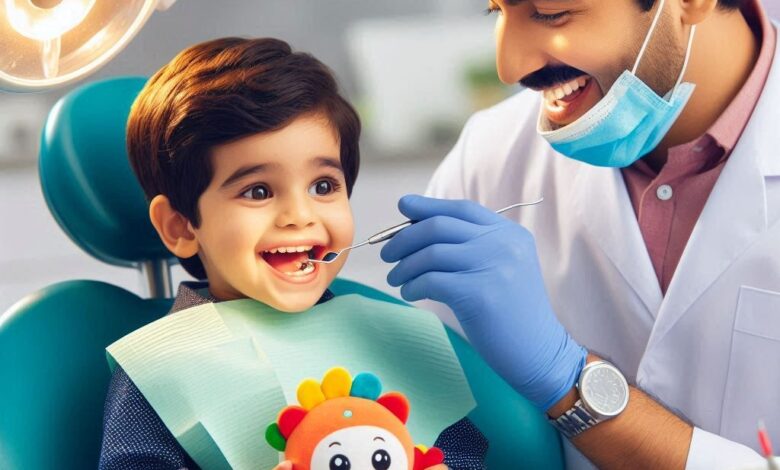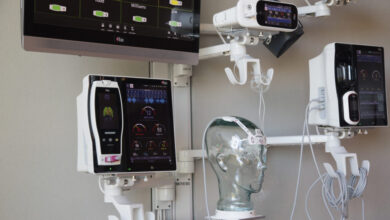Everything To Know About A Pediatric Dentist

Even adults find visiting the dentist intimidating. Imagine how children feel. That is where pediatric dentists come in. They are dental experts who make kids feel comfortable and give them the best dental care. You’ll want to know what a pediatric dentist does, whether you’re a first-time visitor or just curious.
Why Choose a Pediatric Dentist?
You can take your child to the same dentist as you go to, but there are many other reasons a pediatric dentist might be your best choice. They know the ins and outs of baby teeth and the beginning of adult teeth. Similarly, pediatric dentists also use techniques and tools suiting small mouths and young sensitive gums.
When Should You Start Taking Your Child to the Dentist?
According to professional advice, children should make their first trip to the dentist by their first birthday or within six months of their first tooth eruption. It may seem early, but baby teeth are necessary for eating, speaking, and making room for permanent teeth. Visiting a pediatric dentist can help catch any potential issues right away. Plus, they help children get used to the dental environment at a young age. Early exposure to the dentist can help your child become accustomed to the dentist and avoid fear. It also lays the groundwork for good oral hygiene habits that are important as they age.
What is a Pediatric Dentist?
Pediatric dentists don’t just clean teeth. They perform regular check-ups, but they also:
Monitor Dental Development: They also follow the growth of your child’s teeth and jaw. They can spot early signs of orthodontic needs, such as crowded teeth or an overbite, which may require future intervention.
Treat Cavities and Tooth Decay: Sweets are a kid’s favorite, but too much sugar can cause cavities. Pediatric dentists know how to treat cavities and keep the child calm and comfortable. They also teach kids and parents how to cut down on sugary snacks and how to brush properly.
Teach Good Dental Habits: Kids learn how to brush and floss from pediatric dentists. They usually teach kids about dental hygiene in an engaging way, so it doesn’t feel like a chore but a daily habit.
Offer Preventive Care: Preventive care is a major focus. Pediatric dentists often apply sealants to protect back teeth from decay, and fluoride treatments are sometimes given to strengthen tooth enamel.
Preparing Your Child for the First Visit
The first visit to the dentist can set the tone for your child’s dental care. It’s important to prepare them so that it’s a smooth experience. Begin by telling them what they can expect at the dentist’s office, but do so in a light way. At home, you could even play “pretend dentist,” looking in each other’s mouths with a flashlight just for fun. Pick a time when your child is usually in a good mood, like in the morning. Parents are encouraged by many pediatric dentists to stay in the room during the first visit to help ease nerves.
What to Expect During the Visit
Pediatric dental offices are often bright, bookish, and welcoming, with bright colors, toys, and other welcoming details. Before any exams, the dentist or hygienist will get to know your child. They’ll go slow and show your child the tools and explain what each one does in a way they can understand.
The exam usually includes checking the teeth, gums, and jaw. The dentist and a fluoride treatment applied may polish your child’s teeth. A pediatric dentist in San Diego, for example, can perform a thorough check-up and give you tips on how to keep your child’s smile healthy if you live in the area.
FOR MORE INFORMATION CLICK HERE : good birthday gift ideas
Conclusion
A visit to a pediatric dentist can help your child get off to a healthy start with a lifetime of smiles. It’s not just about clean teeth; it’s about trust, confidence, and good habits from the start. A good pediatric dentist knows how to treat kids and does so gently. The right care is also helping your child build a foundation for good oral health that will last a lifetime.



